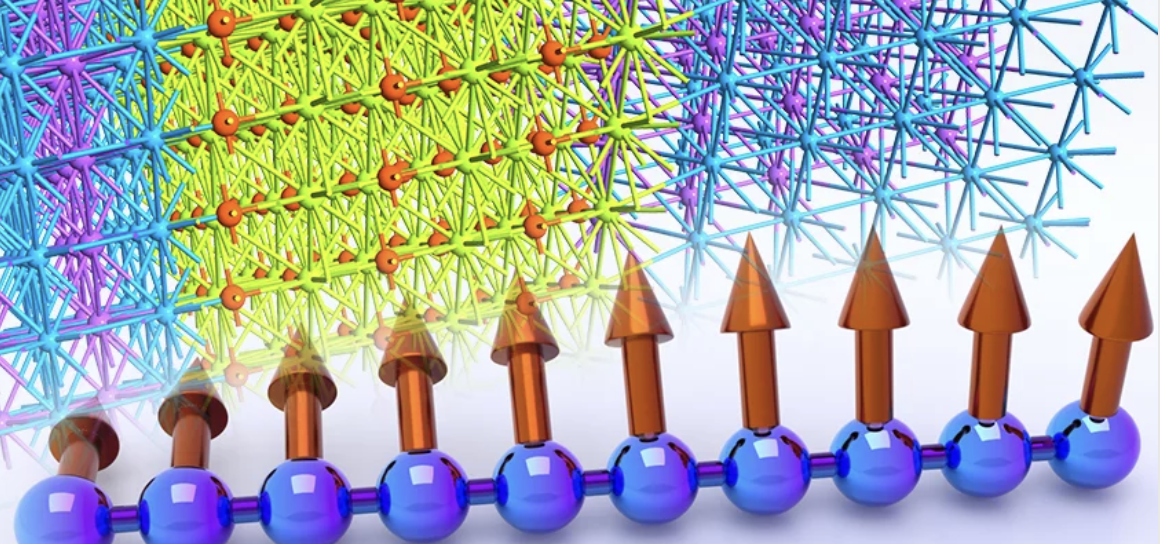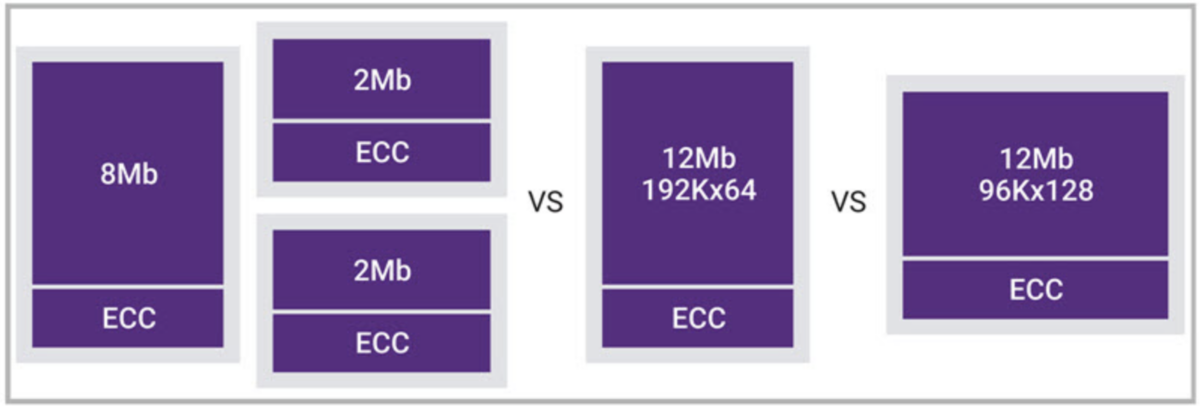Key Takeaways
- Traditional flash memory is becoming inadequate for non-volatile storage needs as applications require faster data processing and larger capacities, leading to the emergence of MRAM and RRAM.
- Synopsys is innovating in embedded memory technologies by providing flexible, IP-based compiler solutions that allow design teams to create optimized memory configurations for various applications.
- Synopsys is actively working with leading foundries to advance MRAM and RRAM technologies, ensuring the integration of next-gen memory solutions in semiconductor design.

There is a revolution happening that is fueled by innovation in areas such as AI, IoT and autonomous driving. These new systems put incredible stress on next-generation semiconductor technology. Faster processing, higher density and lower latency must all be delivered with reduced power and thermal profiles. One technology has become the centerpiece for much of these advances – memory. And within that discipline the need for dramatically improved embedded non-volatile memory. Synopsys is at the forefront of innovation here. Let’s find out how Synopsys brings embedded memory to the future with its flexible, IP-based compilers.
Embedded NVRAM – The Options
Flash has been the go-to option for embedded non-volatile memory for a long time. But as applications demand much more non-volatile storage and processes shrink below 28nm, flash memory is running out of steam. A new approach is needed to deliver high-speed data collection, transmission, storage, and analysis at scale.
Two emerging technologies are gaining traction – Magneto-Resistive Random Access Memory (MRAM) and Resistive Random Access Memory (RRAM). These embedded memory options deliver the density, capacity, and scalability for next-generation systems. It turns out each is optimized for different applications and use cases. Let’s examine some of the differences.
MRAM: delivers higher reliability and superior power, performance, and area (PPA), even in extreme environments. Initially developed for aerospace applications, it uses an adjustable magnetic layer to maximize storage density. And its exceptional power and performance characteristics are ideal for applications requiring the highest levels of reliability and data integrity.
The technology is useful for vehicles that need over-the-air software updates for example. A consideration for this technology is its sensitivity to strong magnetic fields. This may be mitigated with physical placement constraints or shielding in certain environments, adding complexity for some applications.
RRAM: is still in the early stages of market awareness and adoption. This technology uses a dielectric layer to store data. It isn’t sensitive to magnetic fields like MRAM, but it is less reliable in extreme environments.
Low cost and energy consumption combined with high density and scalability make RRAM a good choice for IoT devices, wearables, in-room sensors, and other applications requiring cost, power, and space efficiency. RRAM is also being used in automotive applications where environmental conditions can be managed.
Each of these technologies has a place, and design teams need comprehensive access to each to find the best answer. This is where Synopsys brings embedded memory to the future with its flexible, IP-based compilers.
The Synopsys Approach
Thanks to its IP-based compiler solutions, Synopsys can streamline MRAM and RRAM integration. Most suppliers offer a limited set of fixed macro options for embedded memory. With its IP-based compiler solutions, Synopsys provides comprehensive and configurable choices, allowing design teams to instantly build a wide range of macros and precisely match memory sizes and aspect ratios with MCU requirements.
For example, the MRAM Compiler is well-suited for newer applications with simplified power supply requirements, built-in self-test (BIST) and repair, and error correction code (ECC). In addition to accelerating system-on-chip (SoC) integration and time-to-market, it addresses the growing demand for reliable, cost-effective, efficient memory in AI-enabled applications.
The figure below illustrates how configurable MRAM IP provides flexibility for multiple word widths, aspect ratios, and floorplan optimizations.

Synopsys is actively developing MRAM in the TSMC 22ULL and TSMC 16FFC processes. The company is also developing automotive MRAM and RRAM compilers in the GlobalFoundries 22FDX process, and they have demonstrated successful MRAM silicon on the 22ULL process, enabling SoC designers with low-risk solutions. Data retention, write endurance, and magnetic immunity testing results have met or exceeded design targets.
Leading foundries have announced roadmaps for additional MRAM and RRAM enablement, including FinFET solutions at 6nm and beyond. Synopsys has stated it will continue advancing next-gen memory technologies and help redefine the future of embedded systems.
To Learn More
You can read an informative blog from Synopsys entitled, Flash Forward: MRAM and RRAM Bring Embedded Memory and Applications into the Future here. You can also access the web page for Synopsys MRAM and RRAM IP here. That page also has very useful links to access a foundation IP selector and a non-volatile memory IP selector. And that’s how Synopsys brings embedded memory to the future with its flexible, IP-based compilers.
Also Read:
Synopsys Brings Multi-Die Integration Closer with its 3DIO IP Solution and 3DIC Tools
Enhancing System Reliability with Digital Twins and Silicon Lifecycle Management (SLM)
A Master Class with Ansys and Synopsys, The Latest Advances in Multi-Die Design
Share this post via:





Comments
There are no comments yet.
You must register or log in to view/post comments.